00:59
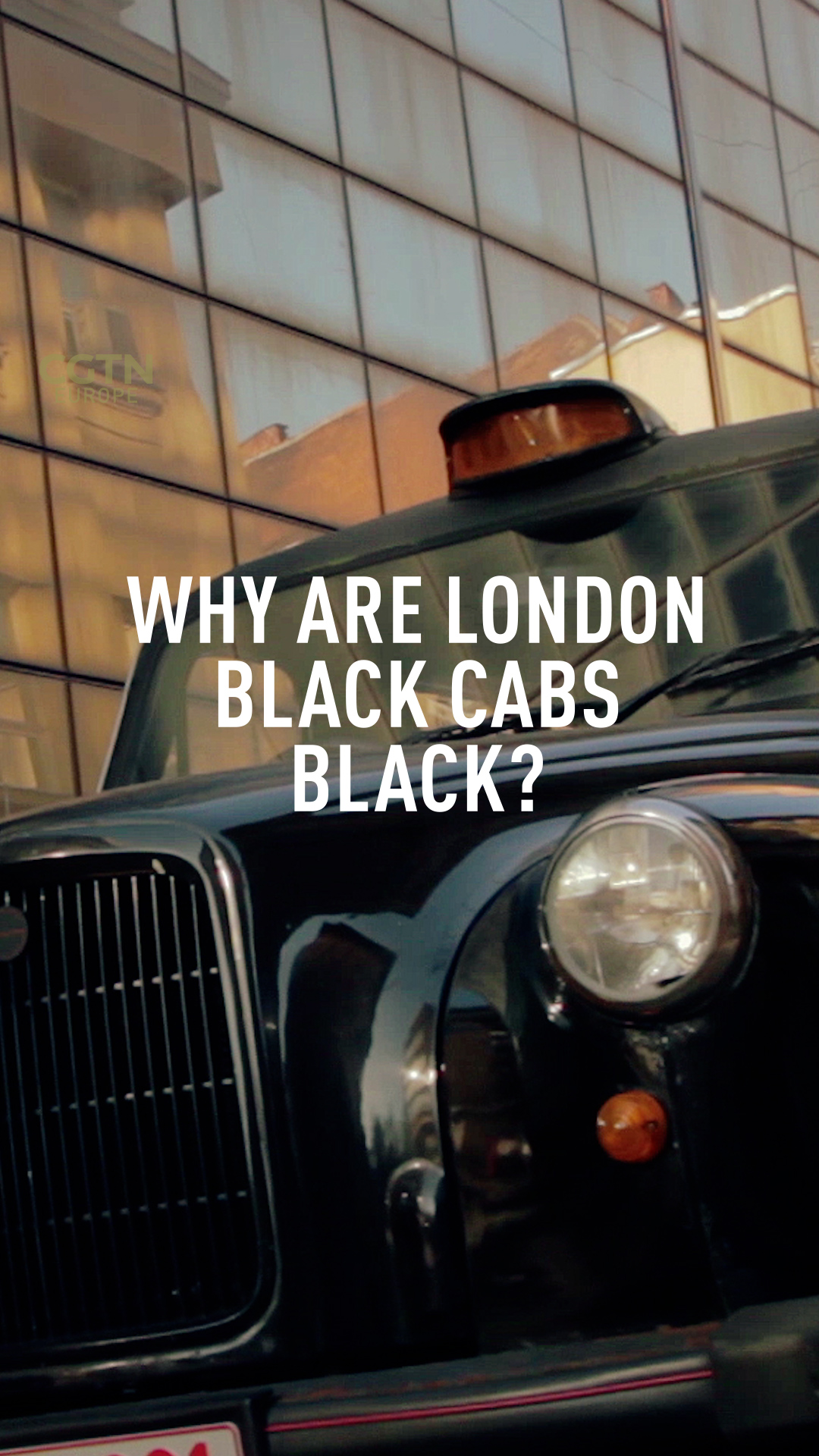
For many visitors to London, the black taxi cab could be the first thing greeting them at the airport – and the last seeing them off as they leave the city.
The London black cab has featured in hundreds if not thousands of films and TV shows, such as Doctor Who, James Bond and even Sherlock Holmes.
For more than a century, generations of these taxis have hit the streets of London – and generated a number of questions, from tourists and locals alike. Why are they all black? What's so special about them? And what's it all got to do with China?
Why are London taxis all black?
The London black cab was born in... Coventry. The city in England's industrial midlands was renowned for its vehicle-making, and that started early – in 1908, car manufacturer Carbodies was commissioned to build the first taxi cab for use in London.
The taxi industry went through numerous ups and downs and, like many industries, was heavily disrupted by two world wars. But this had a particularly lasting effect on the look of the London taxi.
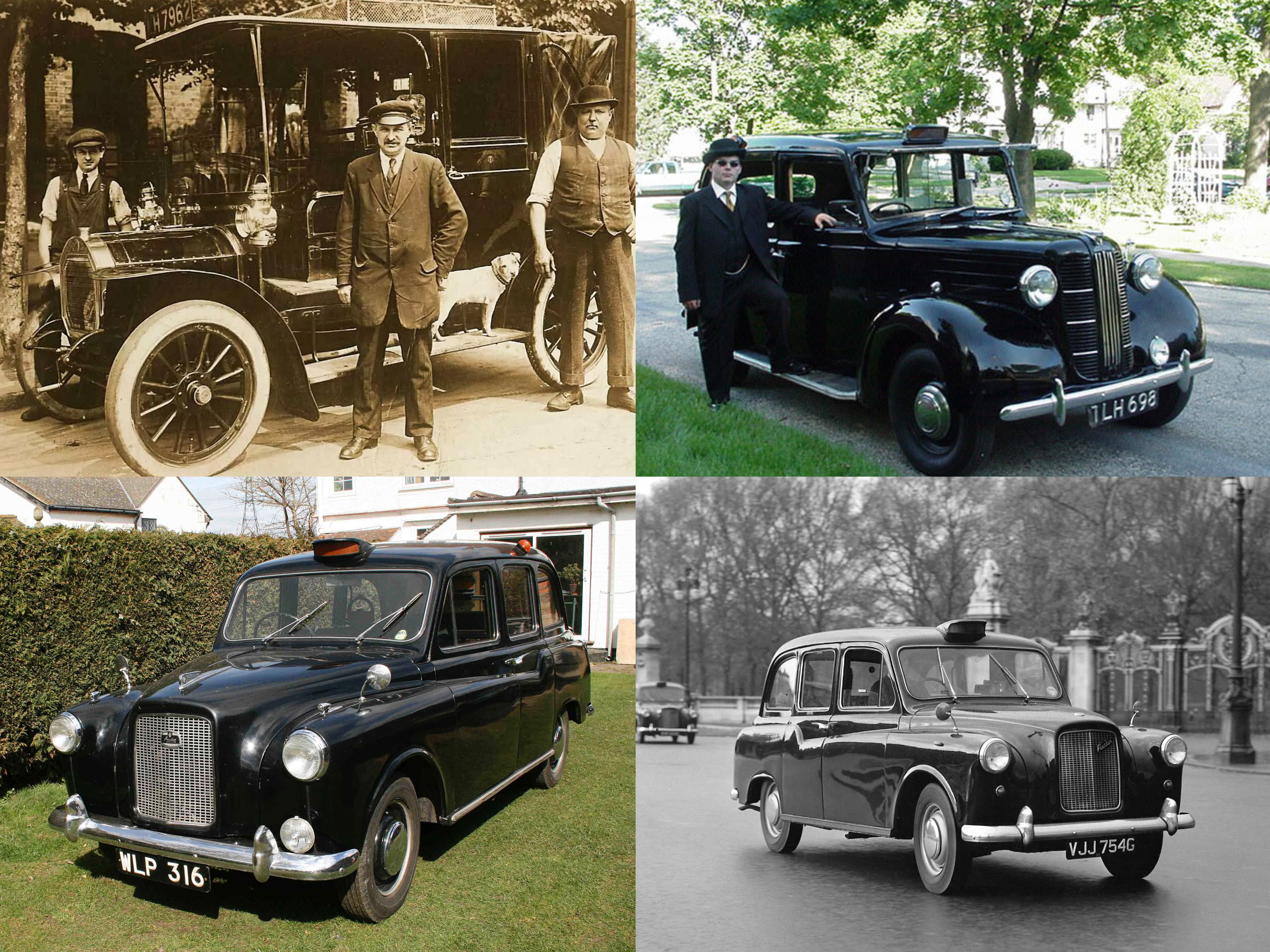
Different generations of FX taxis. /LEVC & Creative Commons
Different generations of FX taxis. /LEVC & Creative Commons
In 1948, the FX3 taxi was launched. According to Lloyd Bonson, Product Manager of Current Vehicles at the current black cab manufacturer London Electric Vehicle Company (LEVC), the cab was designed in black due to a shortage of paint colors after the war.
Black was the cheapest color to produce. Most fleet owners felt it unnecessary to pay for fancy colors as they wanted to keep costs low. Then black became a popular image and has remained so ever since, though it has never become a requirement.
In 1958, the next generation, the FX4 was introduced. And over the years, the Carbodies company merged with other firms including Mann & Overton to form London Taxis International (LTI) in 1985.
In 1989, LTI released the Fairway version of FX4, which was so popular that many still think of as 'the' London taxi.
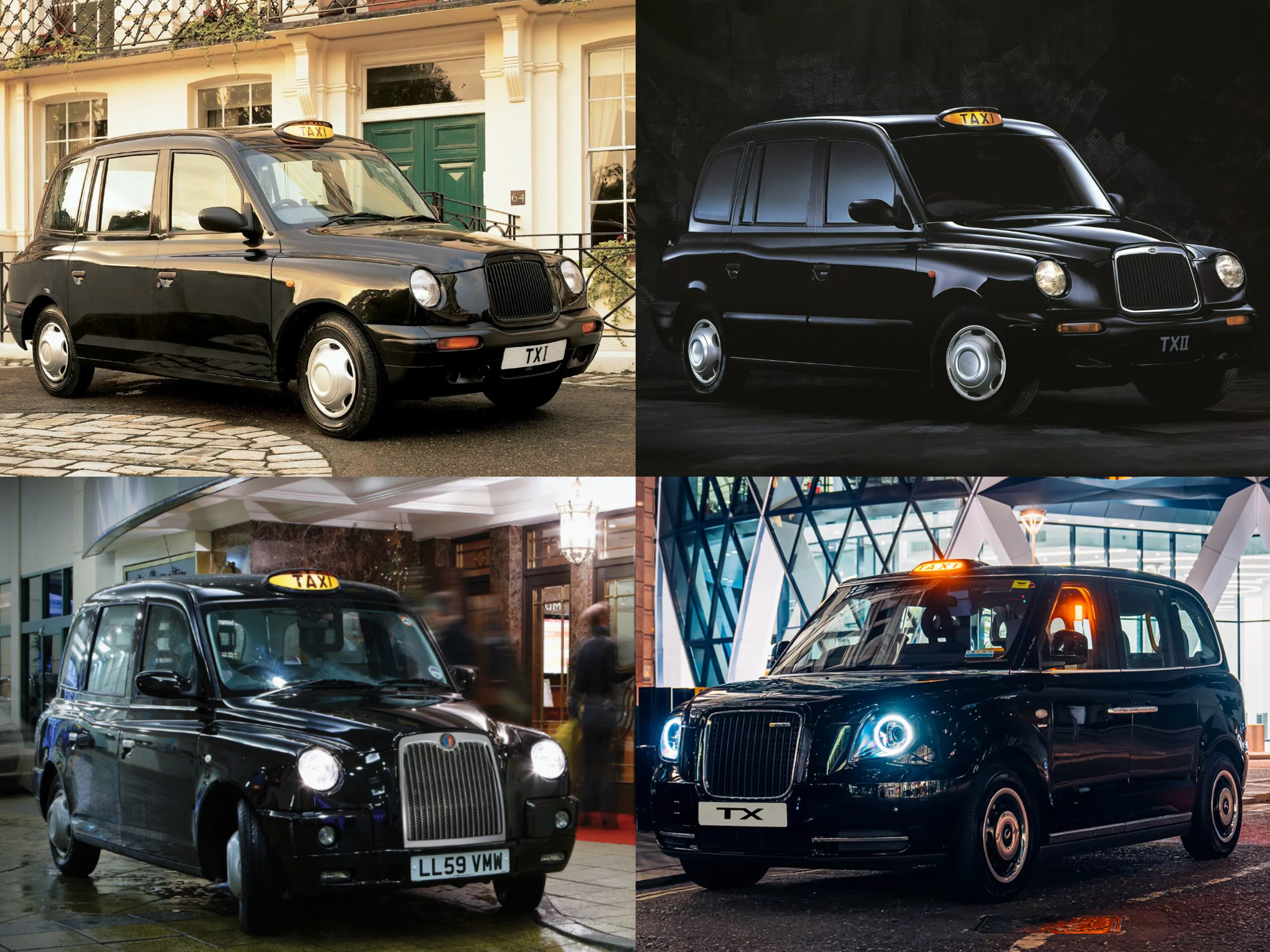
Different generations of TX taxis. /LEVC
Different generations of TX taxis. /LEVC
In 1997, the first new generation taxi of TX1 was born in compliance with the Euro-1 emissions standard. It was updated to Euro 2-compliant TXII five years later in 2002, and 2007's TX4 was Euro 4-compliant.
The manufacturer rebranded as London Taxi Company in 2010 and later LEVC in 2017, when the electric black cab TX was born. Whereas all previous generations were powered by diesel engines, it's a plug-in hybrid range-extender electric vehicle.
The TX has a pure electric range of 78 miles (125 kilometers), combining an electric battery with a petrol range extender to ensure drivers don't have to stop to charge up during their shifts for most of the times.
What's special about London black cabs
Since 2018, London only allows zero-emission capable vehicles to become additions to the city's taxi fleet, making LEVC the only manufacturer for London taxis.
London taxis are regulated by some of the strictest rules in the world, known as the conditions of fitness. Requirements include wheelchair accessibility and the ability to make a turn in a 25-foot circle.
LEVC's Bonson says this particular requirement came from the roundabout at the Savoy Hotel, which was one of the best hotels in early 1900s. It was considered professional for the taxi driver to make the turn in a single circle at the roundabout, so it was included in the taxi conditions of fitness and the rule has remained ever since – making London cabs particularly maneuverable in the city's often tight streets.
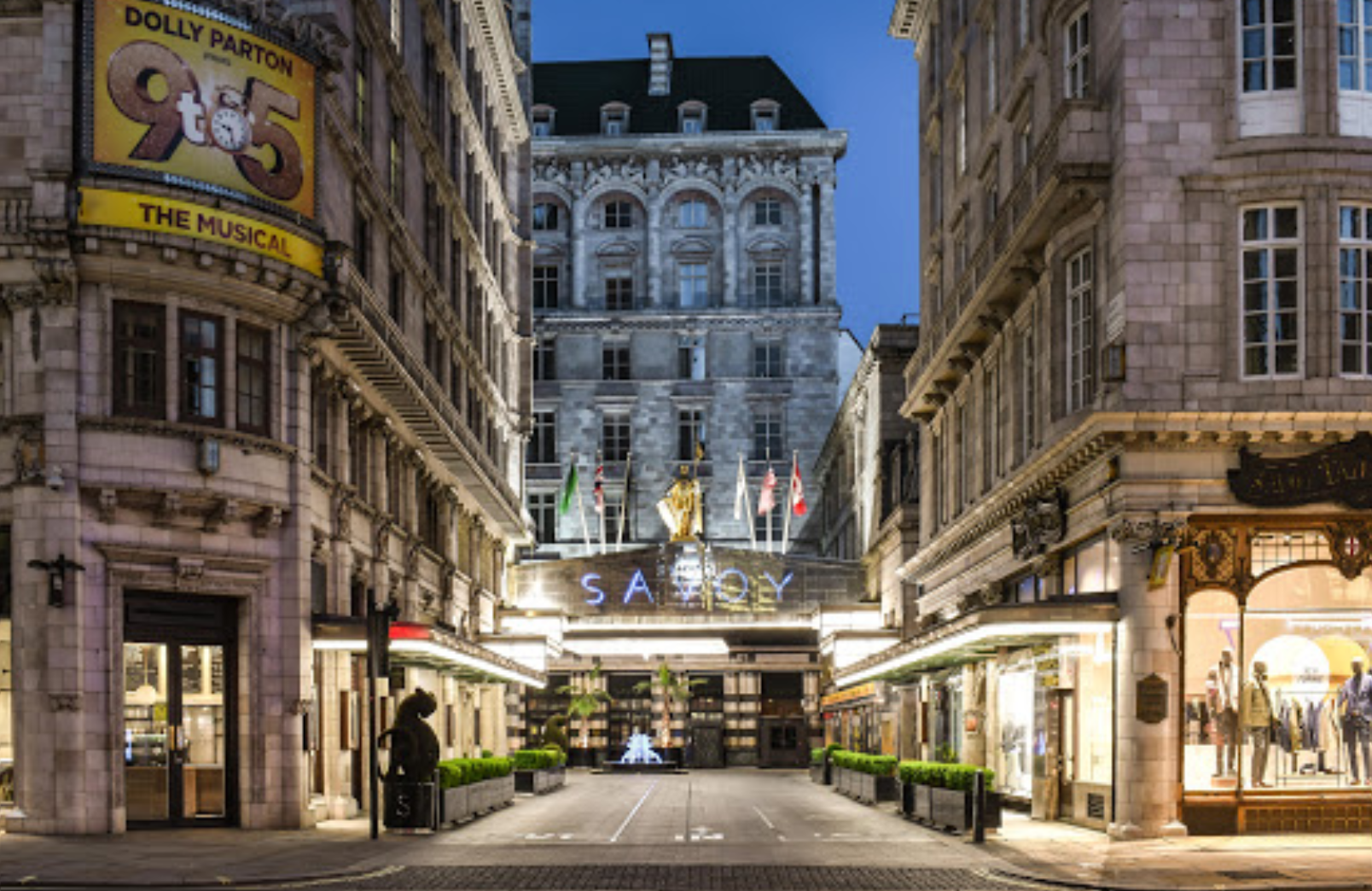
Roundabout at the Savoy Hotel. /The Savoy Hotel.
Roundabout at the Savoy Hotel. /The Savoy Hotel.
Another special thing is the Hackney Carriage Licence granted to London's black cab drivers. It is the world's most demanding training course for taxicab drivers – popluarly called simply The Knowledge – which will take an average of 34 months to pass.
The London taxicab driver is required to be able to decide routes immediately from memory, rather than depending on a map or GPS navigation. This tradition has been significantly challenged by private taxis operators and modern technologies.
The China bond behind London black cabs
In 2006, automaker Geely – China's largest privately owned automotive company – joined black cab manufacturer LEVC to build a factory in Shanghai and produce taxis for the Chinese and other overseas markets. Seven years later, LEVC was acquired by Geely.
Geely has then invested more than $600 million in the new Ansty factory in Coventry to build production line for TX electric black cabs.
The factory is lean and green. It runs on as few fossil fuels as possible, by adopting solar energy, and stores the power in batteries for work at night.
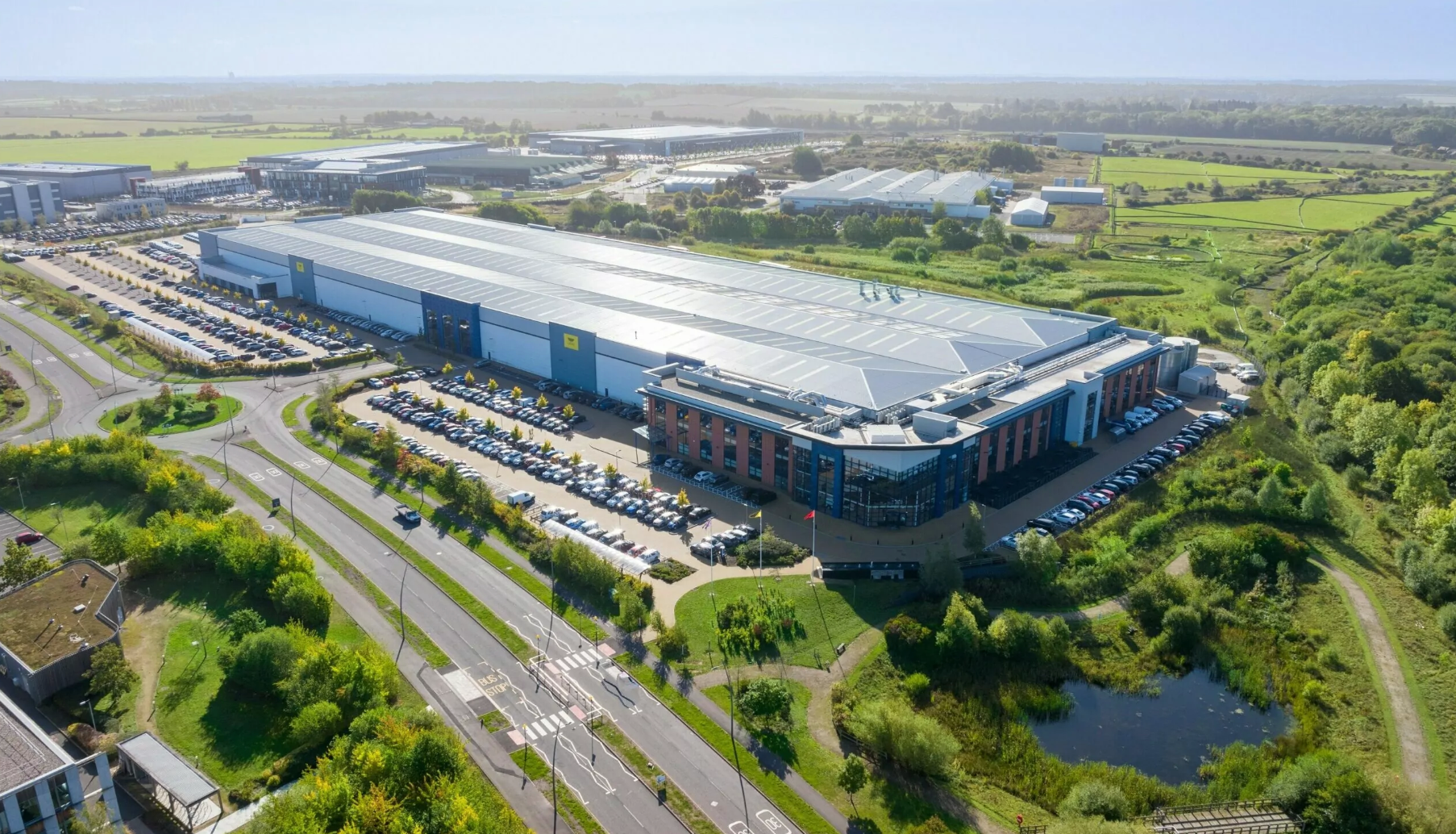
The Ansty Factory in Coventry. /LEVC
The Ansty Factory in Coventry. /LEVC
The zero-emission capable TX electric has now overtaken the diesel-powered TX4 as the most common black cab in London. Figures from Transport for London show that there are more than 6,000 TX electric taxis on London streets, accounting for 43 percent all the black cabs.
Alex Nan, Global and UK CEO of LEVC, said that Geely has brought technology from Volvo to help develop the TX series and has been supporting LEVC to further expand the UK market and also go global.
Outside London, the TX5 also serves as a taxi in Germany and Israel. In May 2022, LEVC announced that over 7,000 taxis had been sold worldwide.
Adding to its green efforts, LEVC launched a new pure electric vehicle platform in May 2023.
"In addition to the technology we already have, we now have this new vehicle architecture technology. It's a supplement to our taxi production line. We can produce new models at any time," said Nan.
A smarter, more spacious and more ecological cab is within reach – but however green it gets, London's iconic taxi will always be the black cab.
Subscribe to Storyboard: A weekly newsletter bringing you the best of CGTN every Friday